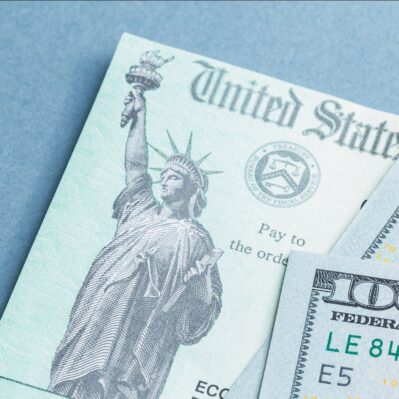Penn Wharton Budget Model Projects the Economic Effects of President Biden’s $1.9 Trillion COVID Relief Plan

On January 14, 2021, the Biden administration released a $1.9 trillion emergency rescue package to provide economic relief during the ongoing coronavirus pandemic and recession. The Penn Wharton Budget Model (PWBM) at the Wharton School of the University of Pennsylvania today released three briefs analyzing the Biden COVID relief plan, including the budgetary and distributional effects of direct aid and the plan’s overall macroeconomic impact.
PWBM estimates that:
- Three provisions in the Biden COVID relief plan—direct payments, expanding the Child Tax Credit and expanding the Earned Income Tax Credit—together would cost $595 billion in calendar year 2021.
- 99 percent of households in the bottom 80 percent of incomes would receive direct aid under the Biden plan. The average benefit for households in the bottom 40 percent of incomes would be over $3,000.
- In aggregate, 73 percent of the proposed $1,400 relief payments will go directly into household savings, and 27 percent will go toward increased consumption, producing only small stimulative effects.
- The full $1.9 trillion Biden relief plan would increase GDP in 2021 by 0.6 percent relative to baseline.
- Over time, additional public debt resulting from the $1.9 trillion in spending would decrease GDP in 2022 by 0.2 percent and in 2040 by 0.3 percent.
For more information, read the full reports: Direct Aid in the Biden COVID Relief Plan: Budgetary and Distributional Effects, Macroeconomic Effects of the $1.9 Trillion Biden COVID Relief Plan and Marginal Propensities to Consume in the 2021 Economy.


